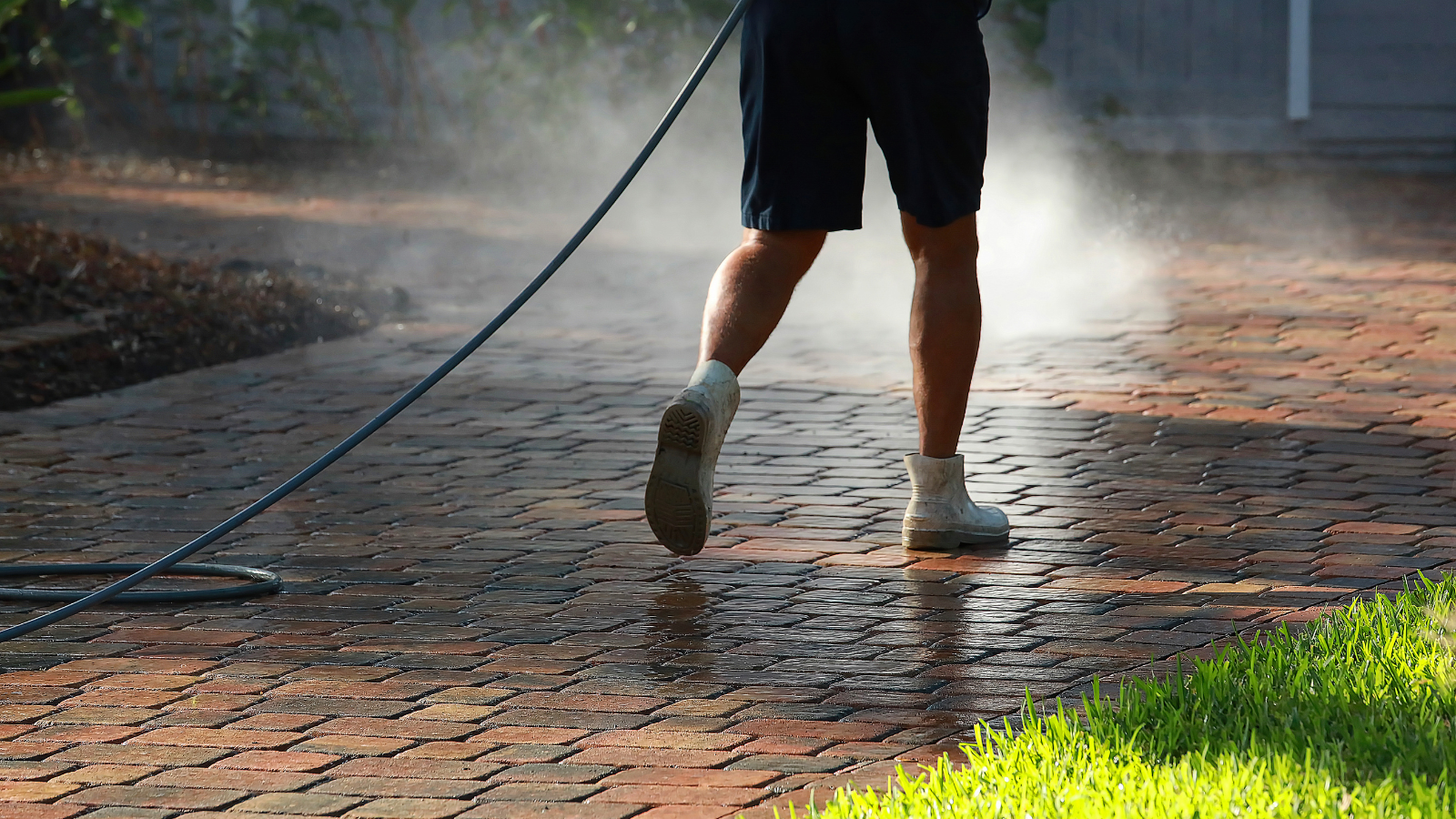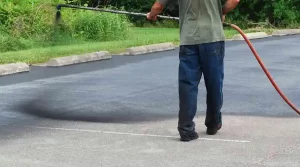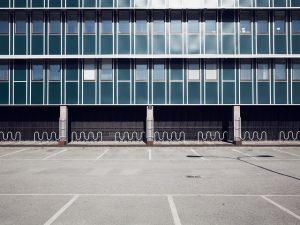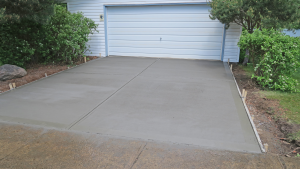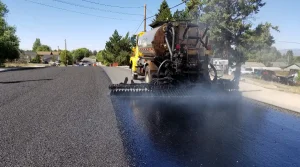Want to keep your pavers looking their best? It’s easier than you think! With a few simple steps, you can maintain the beauty of your outdoor space. Let’s dive into the details.
How to Easily Clean Your Pavers
Here’s a quick and easy method to keep your pavers looking fresh:
- Sweep it Clean: Start by removing any loose dirt, leaves, or debris with a broom.
- Give ’em a Rinse: Wet the pavers with a garden hose to loosen any grime.
- Scrub-a-Dub-Dub: Mix a mild detergent with water and scrub the pavers with a brush, paying extra attention to any stained areas.
- Rinse Thoroughly: Rinse the pavers with clean water to remove all soap residue.
- Air Dry: Let the pavers air dry completely before walking on them.
Cleaning Concrete Pavers: A Step-by-Step Guide
Concrete pavers require a bit more TLC. Follow these steps for a deep clean:
- Gather Your Tools: You’ll need a broom, garden hose, mild detergent, bucket, scrub brush, and optionally, a power washer.
- Clear the Area: Remove any obstacles like furniture or planters.
- Sweep Away the Dirt: Give your pavers a good sweep to remove loose debris.
- Wet the Surface: Use a hose to wet the entire surface.
- Soapy Solution: Mix a mild detergent with water and apply it to the pavers.
- Scrub-a-Dub-Dub: Scrub the pavers with a brush, focusing on stained areas.
- Power Wash (Optional): For a deeper clean, use a power washer on a low setting. Be careful not to damage the pavers.
- Rinse Thoroughly: Rinse the pavers with clean water.
- Inspect and Repeat: If necessary, repeat the scrubbing process for stubborn stains.
- Air Dry: Let the pavers air dry completely.
Regular Cleaning Methods for Pristine Pavers
Here are some regular cleaning methods to keep your pavers looking their best:
- Weekly Sweeping: A quick sweep can prevent dirt and debris buildup.
- Occasional Hosing: A simple rinse with a hose can remove loose dirt and refresh the surface.
- Gentle Scrubbing: For tougher dirt, use a mild soap solution and a brush.
- Vinegar Solution: A mixture of vinegar and water can help remove stains and mildew.
- Baking Soda Paste: For stubborn stains, create a paste with baking soda and water.
- Power Washing (Sparingly): Use a power washer on a low setting for a deep clean, but avoid frequent use.
Need Professional Help in Jersey City?
If you’re in Jersey City and need expert paving services, contact us. Our team of professionals is dedicated to providing quality results at affordable prices.
By following these simple cleaning methods and seeking professional help when needed, you can ensure your pavers stay beautiful for years to come.

